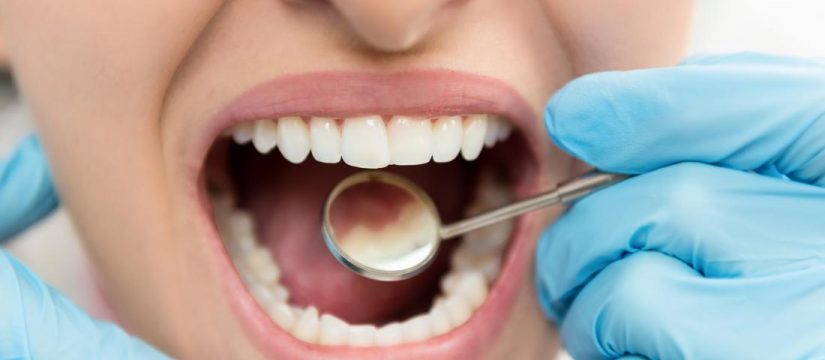
When considering root canal (endodontic) treatment, it is important to have all the necessary information to make an educated decision. Root canal therapy consists in the debridement of infected or damaged nerve (pulp) tissue and blood vessels located on the internal surface of the tooth. This is done in an effort to save the tooth, relieve any pain associated with the infection, and prevent further bone loss in the area of the infected tooth. When a root canal is performed, the canals in the tooth are disinfected and shaped with small instruments. Following cleaning and shaping, the tooth is sealed in an effort to prevent any further infection and also bring the tooth back on the pathway to health. After root canal treatment is complete, a filling type material (build-up) is placed in the top of the tooth to aid in restoring structure of the tooth. In conjunction with the filling, it is also recommended that a crown (cap) is placed to protect and restore the tooth to full form and function.
It is also important to understand what signs indicate root canal therapy is needed. Indications that you may need a root canal include spontaneous pain, heightened and prolonged sensitivity to hot and cold, gum tissue swelling and drainage in the area of the infected tooth, and tenderness to chewing or pressure in the area of the tooth in question. However, it is also possible to have a tooth needing root canal treatment without having any symptoms. In these cases, diagnosis would be made from a dental x-ray. There are multiple causes that may elicit the above symptoms. These causes include: deep decay (cavity), repeated dental treatment on a single tooth, a cracked tooth, and/or trauma to a tooth caused by impact.
After the decision has been made to complete a root canal, it is helpful to know what to expect for your visit. At the beginning of the appointment the dentist will administer a small amount of local anesthetic to make sure that the tooth they are working on is completely numb during treatment. Following this, a barrier called a dental dam is placed to isolate the tooth from the rest of the mouth to keep it free of saliva during the length of the procedure. The dentist will now make an opening in the top of the tooth and use instruments to clean the canals. When the canal spaces are completely cleaned and disinfected, the dentist will fill the areas with a dental material. This material is typically gutta-percha, a rubber-like material. The gutta-percha is placed with cement that completely seals the canals spaces of the tooth. After the canals spaces are sealed, a filling material (build-up) will be placed in the top of the tooth to restore the area used to access the canal spaces. The dentist will now remove the dental dam and the root canal is now complete. The next step or fabrication of a crown (cap) can often be started at this same visit. If this is done, a temporary crown may be used to cover the tooth while the crown is fabricated at a dental laboratory. Once the crown is made, the patient will return to have the temporary crown removed and have the permanent crown inserted. Once the crown is in place the tooth is now restored to full function and regular care and cleaning will be all that is needed.
For more information about this topic and many other dental health topics please visit his dental practice website at https://www.salemdental.co/
Article Source: http://EzineArticles.com/6694854
